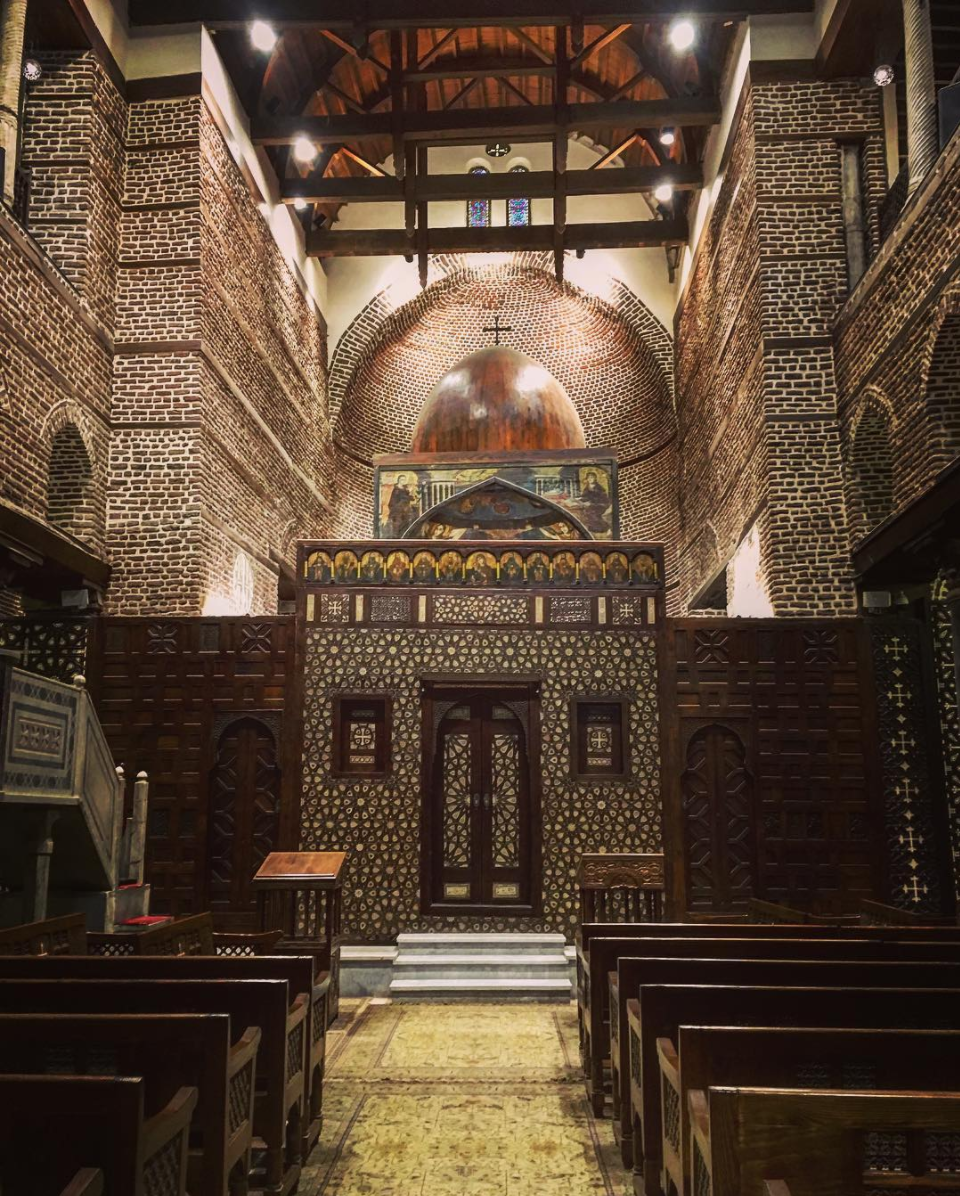
Following the Footsteps of the Holy Family Flight into Egypt
A myriad of reasons draw people from all over the world to Egypt. For some, the reasons are spiritual ones. Though often overshadowed by Egypt’s other claims to fame (I’m looking at you, pyramids), Egypt’s religious pilgrimage sights are an important part of the country’s storied cultural heritage. Pilgrims have been coming to Egypt to trace the path of the holy family flight to Egypt for over a millennium. Nowadays (according to 2017 figures), religious tourism in Egypt accounts for 3% of the country’s visitors. The Ministry of Tourism sees potential for that share to expand; they have set plans to promote and grow this tourism niche.
Many of Egypt’s spiritual-seeking visitors come to follow in the footsteps of the Holy Family – Mary, Joseph, and the infant Jesus – as they fled into Egypt to escape the wrath of King Herod.
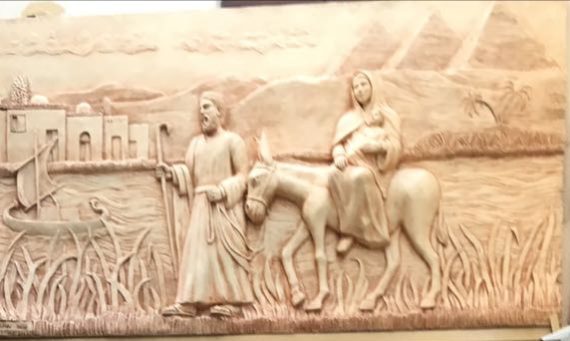 Artwork depicting Mary and Joseph flight into Egypt found in the Religious Complex in Old Cairo
Artwork depicting Mary and Joseph flight into Egypt found in the Religious Complex in Old Cairo
A Biblical Tradition
The tradition of the Holy Family flight into Egypt traces back to the Gospel of Matthew in the Bible. The Flight to Egypt Bible story begins in the second chapter, which tells of the three Magi who travel from afar to find and pay homage to the baby Jesus. Before reaching the Holy Family, they stop in Jerusalem, thinking they might find the baby there. Instead they encounter King Herod. Herod is “disturbed” to learn of the birth of this baby whom the Magi also name as “king.” The Magi eventually find the Holy Family, present their gifts, and leave. This brings us to verses 13-15.
“When they had gone, an angel of the Lord appeared to Joseph in a dream. “Get up,” he said, “take the child and his mother and escape to Egypt. Stay there until I tell you, for Herod is going to search for the child to kill him. So he got up, took the child and his mother during the night and left for Egypt, where he stayed until the death of Herod. And so was fulfilled what the Lord had said through the prophet: “Out of Egypt I called my son.”
These three, simple verses have been drawing pilgrims to Egypt since the earliest days of Christianity. Devotees desire to follow the path of the flight into Egypt, to walk where the holy family walked and stop where they stopped. Though the Bible mentions no specific details or names of places, there still exists a long tradition and history of commemorating sites associated with the Holy Family in Egypt. Egypt’s Coptic Christian communities, especially, have ensured the preservation of these traditions.
Approved by two Popes
Egypt’s pilgrimage sites have been an integral part of Egypt’s Coptic Orthodox Christian community for centuries. But the rest of the world is finally starting to take more notice, too. Pope Francis of the Roman Catholic Church visited Cairo in April, 2017. An Egyptian delegation sent by Pope Tawadros of the Coptic church returned a visit to Rome that following October. Following these exchanges, the Vatican made an announcement, officially recognizing places in Egypt as Roman Catholic pilgrimage sites.
The pilgrimage route consists of 25 sites, tracing the Holy Family’s supposed 3.5 year sojourn. The route creates a circuit, starting from Sinai in the east, reaching as far south as Assiut in upper Egypt, then returning back through Cairo and Sinai to the Levant. However, for the time being, not all of these sites can be safely or easily accessed.
Phase One: 8 Pilgrimage Sites
Presently, the Ministry of Tourism is focusing on 8 of these 25 sites. Improvements to tourist facilities and security at these particular locations have begun as part of the project’s first stage. Vatican-endorsed pilgrimages are supposedly scheduled to begin as early as this spring, 2018.
The 8 sites include
• The Church of Saints Sergius and Bacchus in Old Cairo (Al-Fustat)
• Saint Virgin Mary’s Coptic Orthodox Church in Cairo, on the Nile Corniche in Maadi
• The Virgin Mary’s tree in Cairo’s Matarya District
• The Church of the Holy Virgin in Musturud, 13 km outside of Cairo
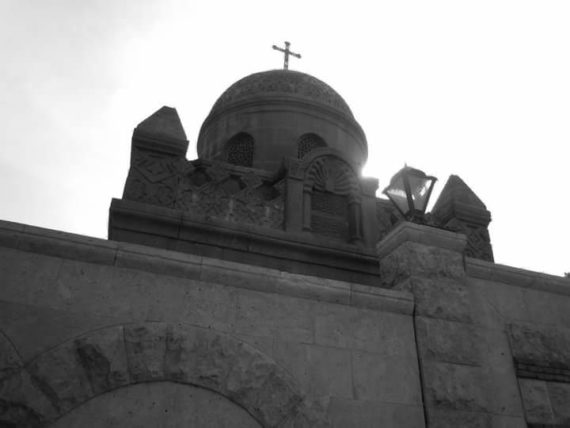 Coptic church in Old Cairo
Coptic church in Old Cairo
These four locations – especially the first three located in Cairo – are already quite accessible. The remaining four sites are early monasteries, and are a bit trickier to reach. These include a pair of monasteries in Wadi El Natrun, the Monastery of Al-Muharraq at Mount Qosqam, and the Saint Mary Monastery near Mount Drenka. These monasteries are best visited with formal tour groups or guides who can arrange the proper security permits for travel.
But visiting the first three locations can easily be done solo!
The Church of Saints Sergius and Bacchus (also called Abu Serga)
Take the metro to the Mar Girgis station just outside of Maadi. Exit and you will find yourself in Al-Fustat, also called Old Cairo or Coptic Cairo. Head down the stone stairs next to the ruins of the ancient Babylon Fortress, and you have entered Zuweila Alley. This historic street was at the heart of the capital during Roman rule. There’s a network of churches and monasteries here, dating back to the 3rd and 4th centuries AD/CE.
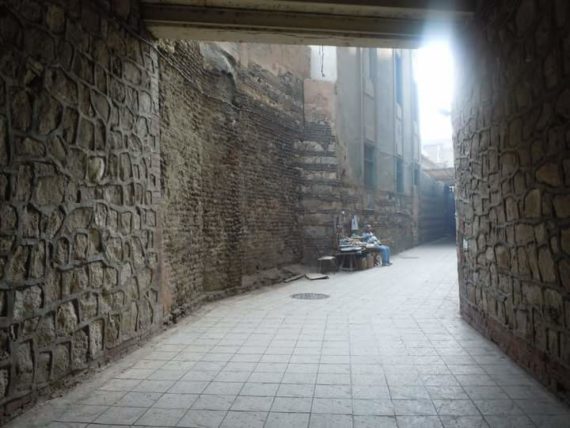
Zuweila Alley, photo by Christina Wichert
As well you will find the Coptic Museum of Cairo, a historic synagogue, and nearby one of the oldest mosques in Egypt and Africa: the Mosque of Amr ibn al-As. Fittingly, this area is often referred to as the Religious Complex. The beautiful, famous 3rd century Hanging Church is another highlight of this area. The church you are looking for, the Church of Saints Sergius and Bacchus, is another of Cairo’s oldest churches. This simple, unassuming church was built in the 4th century overtop a small cave where tradition has it the Holy Family sought shelter. Find the stairway down to the cave behind the side alter. Visitors need not pay any admission fee for this or any church in the area, but do consider leaving a donation.
Found inside the Church of Abu Serga, photo by Passainte Assem
Saint Virgin Mary’s Coptic Orthodox Church
You can easily take a cab or car service to this next location. Find this church located on the east bank of the Nile, along the Corniche (the road that follows the riverbank) in Cairo’s posh Maadi neighbourhood. This church, sometimes known as Al-Adaweya or the Virgin’s Church of the Ferry, was also built on a site connected to the Holy Family. Here along the Nile believers say the Holy Family descended stone steps down to the river and boarded a boat to travel upriver to southern Egypt. Those steps down the river from the courtyard area still remain to this day. In the past, this site also housed a monastery.
Also worth noting — inside the church, you’ll discover a large, old Bible in a glass case. This Bible was pulled from the Nile at the site of the church in 1976; this was deemed a miracle since the heavy, waterlogged book should not have been able to float. Moreover, when extracted from the river, the Bible was found opened to a passage from the chapter of Isaiah, reading, “Blessed be Egypt my people.”
The Virgin Mary’s tree in Cairo’s Matariya District (Shagarat Maryam)
This site is also accessible via a metro stop, near the Matariya Metro station. Not too far from the stop you’ll find this next pilgrimage site: an ancient tree that once grew next to a spring. Only the trunk of the ancient tree remains, but other younger and smaller trees still mark the space.
Here tradition maintains the Holy Family stopped, and the Virgin Mary washed some garments. In the process, some water spilled on the ground, and a balsam tree grew in that place. Pilgrims believe this connection to the Holy Family, and the Virgin Mary especially, bestows blessings upon its visitors — particularly women wishing to have children. Don’t be surprised if you see pilgrims from a variety of religious backgrounds paying homage at the site; Christians as well as Muslims highly revere the Virgin Mary (known as Maryam in Arabic).
The Ministry of Antiquities maintains the site; visitors must purchase a 25 LE admission ticket.
Other pilgrimage locations
- Visit Mount Sinai and St. Catherine’s Monastery on the Sinai Peninsula, where Moses received the 10 Commandments —check out our brief introduction to the city of Saint Catherine in Sinai
- Visit Saint Anthony’s Monastery in the Eastern Desert at the foot of Al-Qalzam Mountain near Zaafarana. Enter the cave where Saint Anthony, the first ascetic and father of the monastic movement, spent almost 20 years.
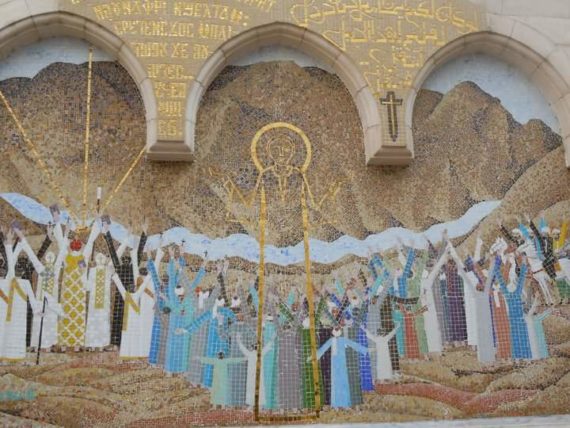
Mosaic from the courtyard of the Hanging Church in Cairo, photo by Christina Wichert
Have you followed in the footsteps of the holy family in Egypt? Let us know in the comments below.
This post contains some affiliate links, by booking through these links, we will get a small commission that will help us maintain this site and make it grow, at no extra cost to you.
We hope you really liked this blog post, if you want to ask us any questions, or engage with other people, join our Facebook group here.
Leave a Reply
You must be logged in to post a comment.
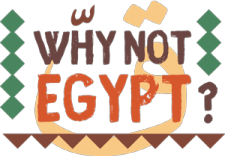
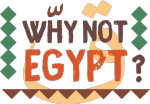

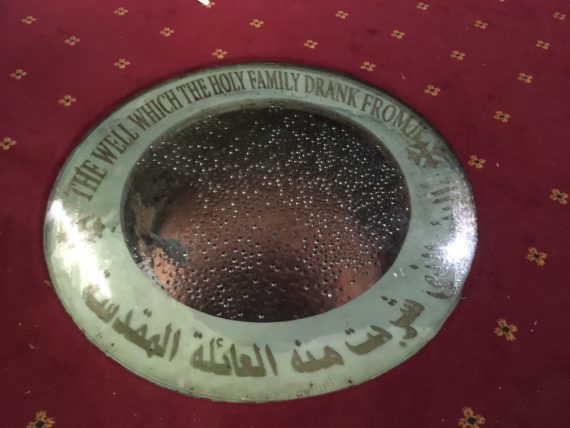

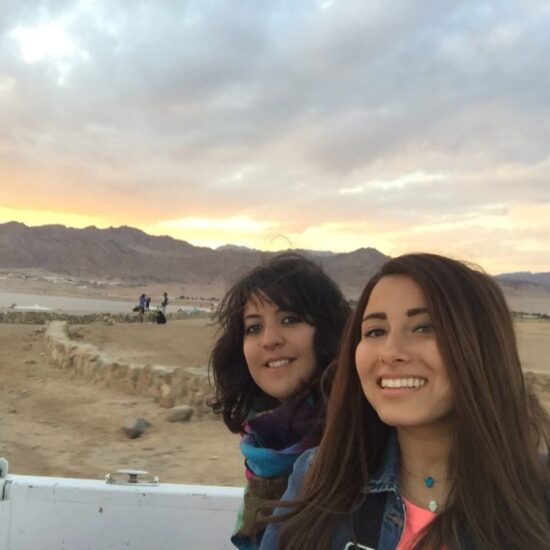
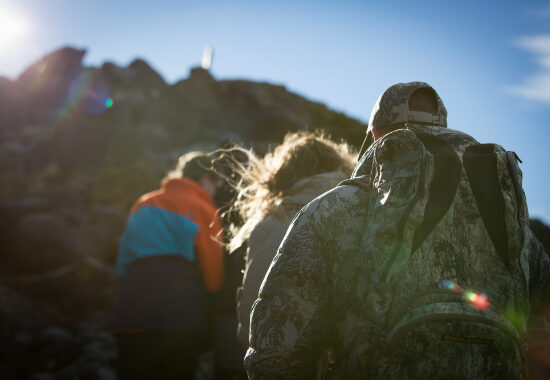
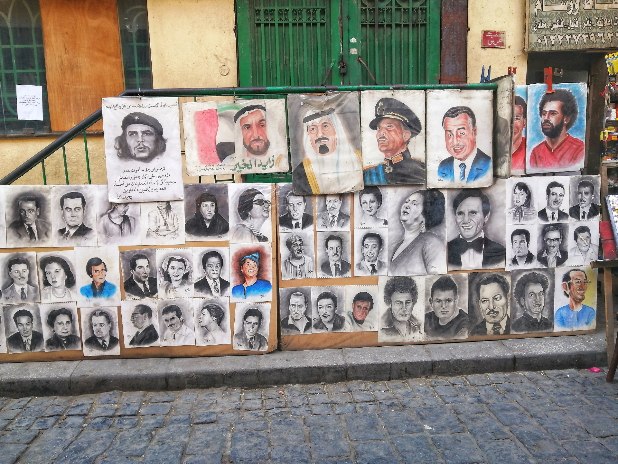

Pingback: 5 Best Hiking Trails in Egypt For Active Travelers | Why Not Egypt?
Pingback: What To Expect During Christmas in Egypt - WhyNotEgypt?
Pingback: A Brief Introduction to the City of Saint Catherine Sinai | WhyNotEgypt
Pingback: Cairo Tourist Attractions for First Time Visitors | Why Not Egypt?